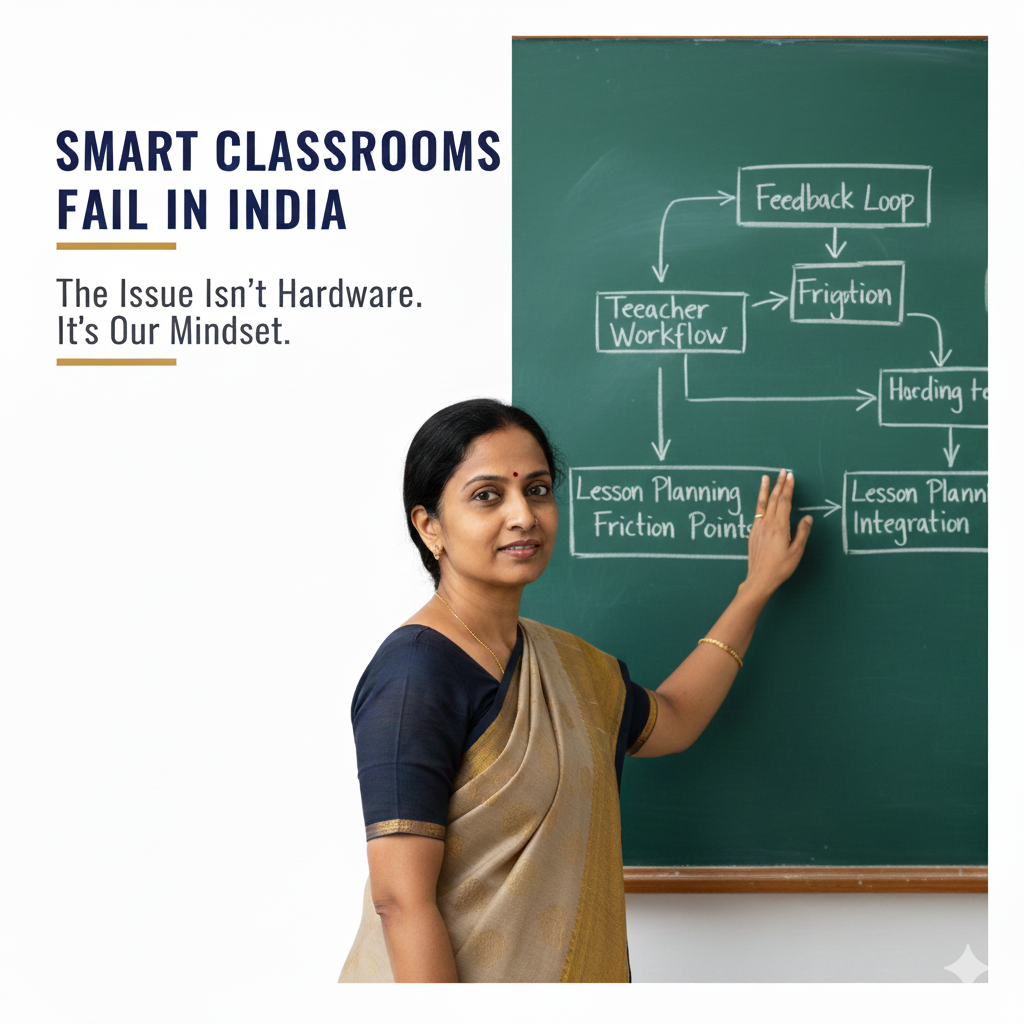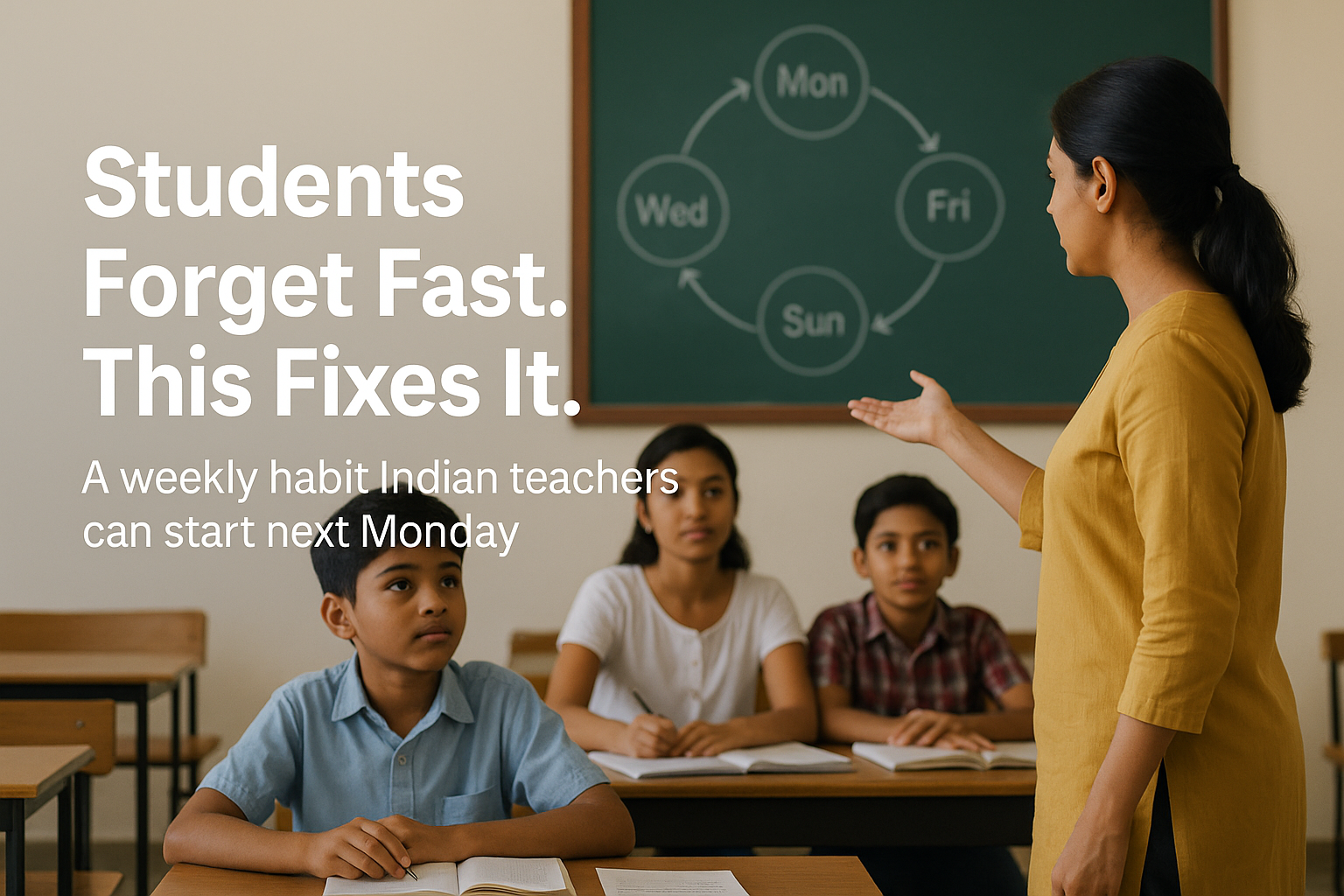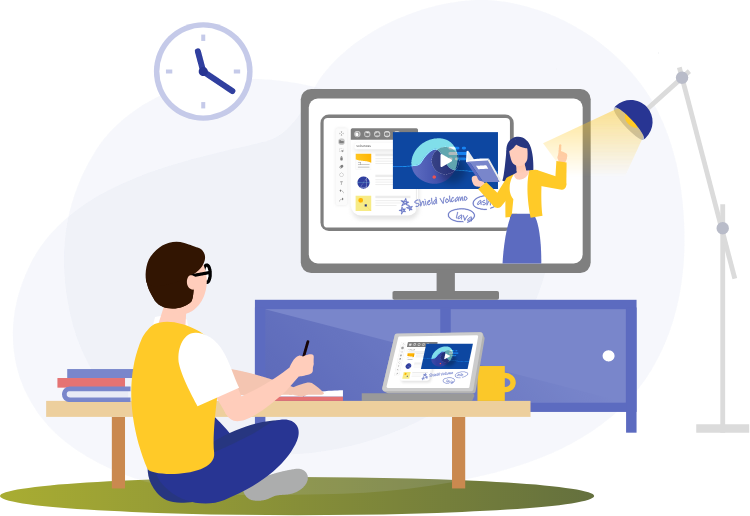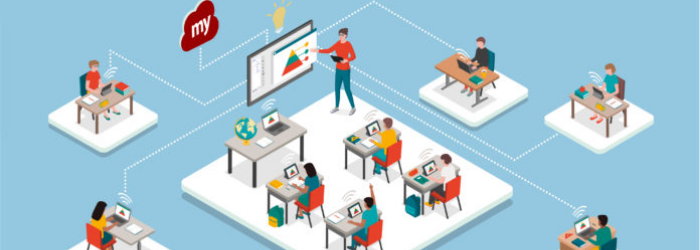Why Videos have lasting impact on todays Learners?
Students today are utilising educational videos as a tool for learning everything from changing a tire to the latest dance craze. Remarkably, millennials make up 92% of the digital video viewing audience. Abstract topics that once seemed difficult to teach and learn are now more accessible and understandable thanks to the availability of educational videos.
Studies have shown that the use of short video clips allows for more efficient processing and memory recall. The visual and auditory nature of videos appeals to a wide audience and allows each user to process information in a way that’s natural to them.
The online nature of videos allows them to be shared all across the world and at all hours of the day or night. Educational institutions can gain great autonomy by using videos to reach their broad audience. They can be used to keep potential, current and former students involved and engaged.
Here are five ways video can have a powerful impact on teaching and learning:
- Engagement: Studies have shown that video learning has positive outcomes on multiple levels, including increased motivation and deeper learning, and can specifically impact students’ ability to facilitate discussions and identify problems.
- Effectiveness: Video learning is effective on both sides of the classroom; educators can use it to create time and space for active learning. Once a video is created, it can be reused and updated as needed, leaving more time in the classroom for live discussions and engagement with students.
- Authenticity: Video engages both the student and educator in a one-on-one relationship without ever being in the same room.A compelling 2016 study by the Online Learning Consortium found that video helped educators build and foster authentic relationships with students.
- Inspired Thinking:Visual cues combined with audio play a huge role in the comprehension and retention of new material. Forrester Research analyst James McQuivey claims one minute of video equals approximately 1.8 million written words. Thus when video is used in the classroom, students are forced to think critically when introduced to complex content.
- Video For All: Video can help address this gap in training by giving both general and special education teachers the opportunity to teach students at their own pace. Students can rewatch a video multiple times in order to gain and retain learning material. And captions, for example, enable deaf students to read the video.
Many educational institutions like yours today are choosing to offer their learners shorter videos for classroom and Online Learning purposes. This approach offers schools the greatest flexibility to tailor videos to their specific needs, while ensuring that their lesson contents are engaging and relevant.
If you wish to use more engaging videos in your Online Classes, feel free to send this license activation form.
2 Million Education Videos Access LICENSE
.png?width=1322&height=350&name=C3ITXperts-logo-R%20(1).png)





.png)

